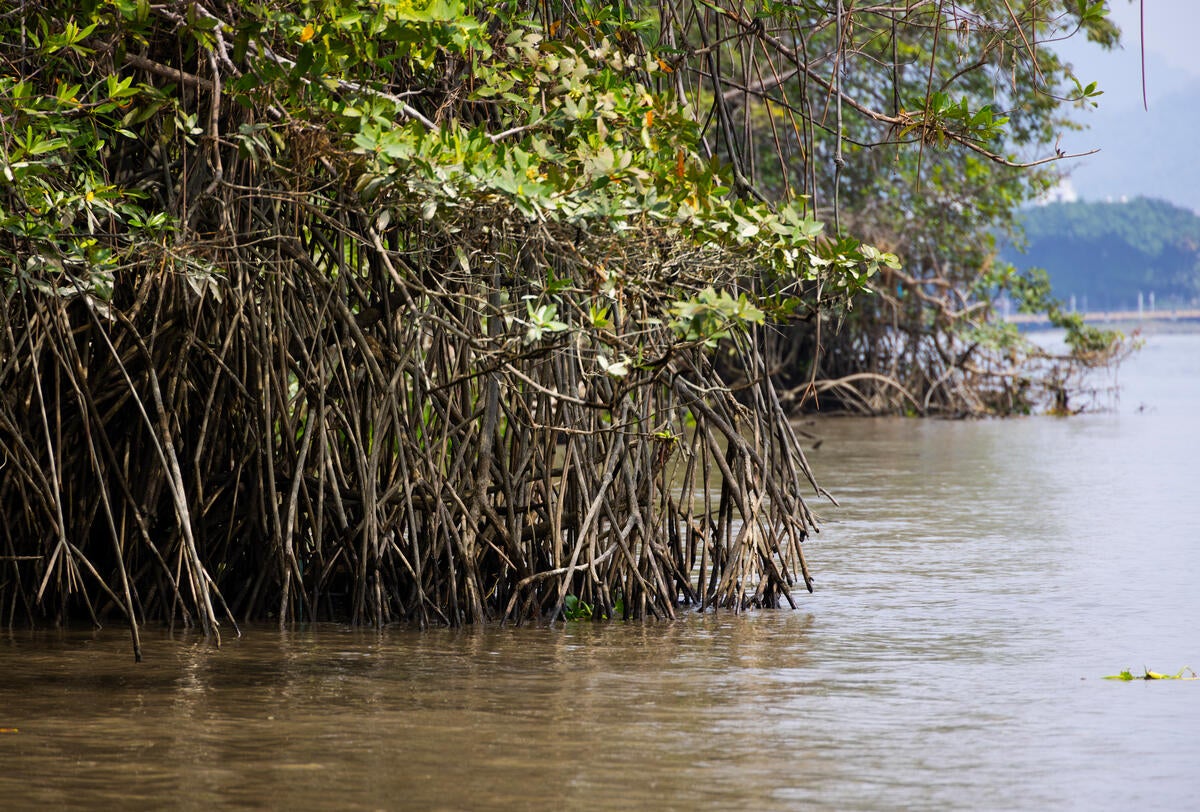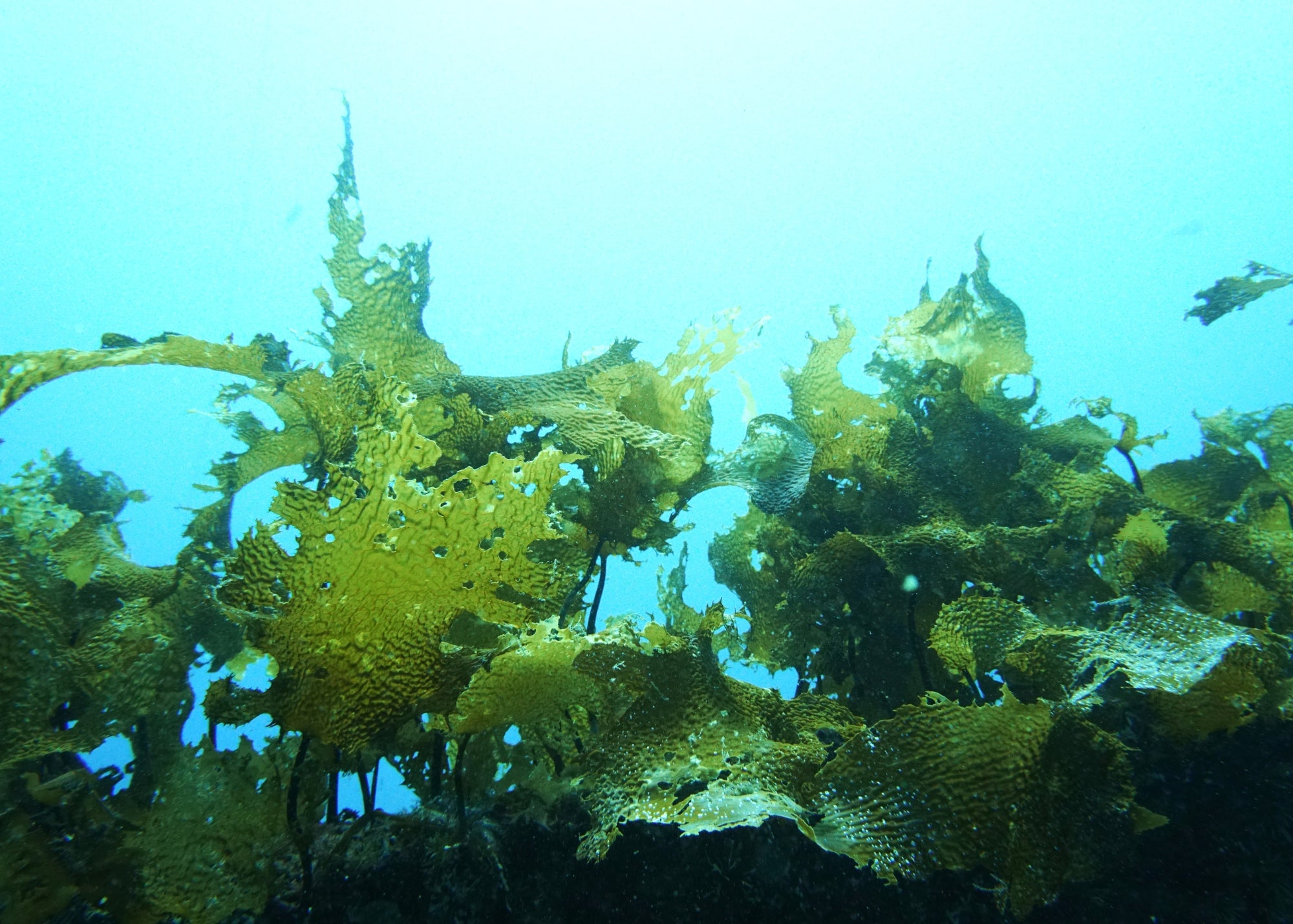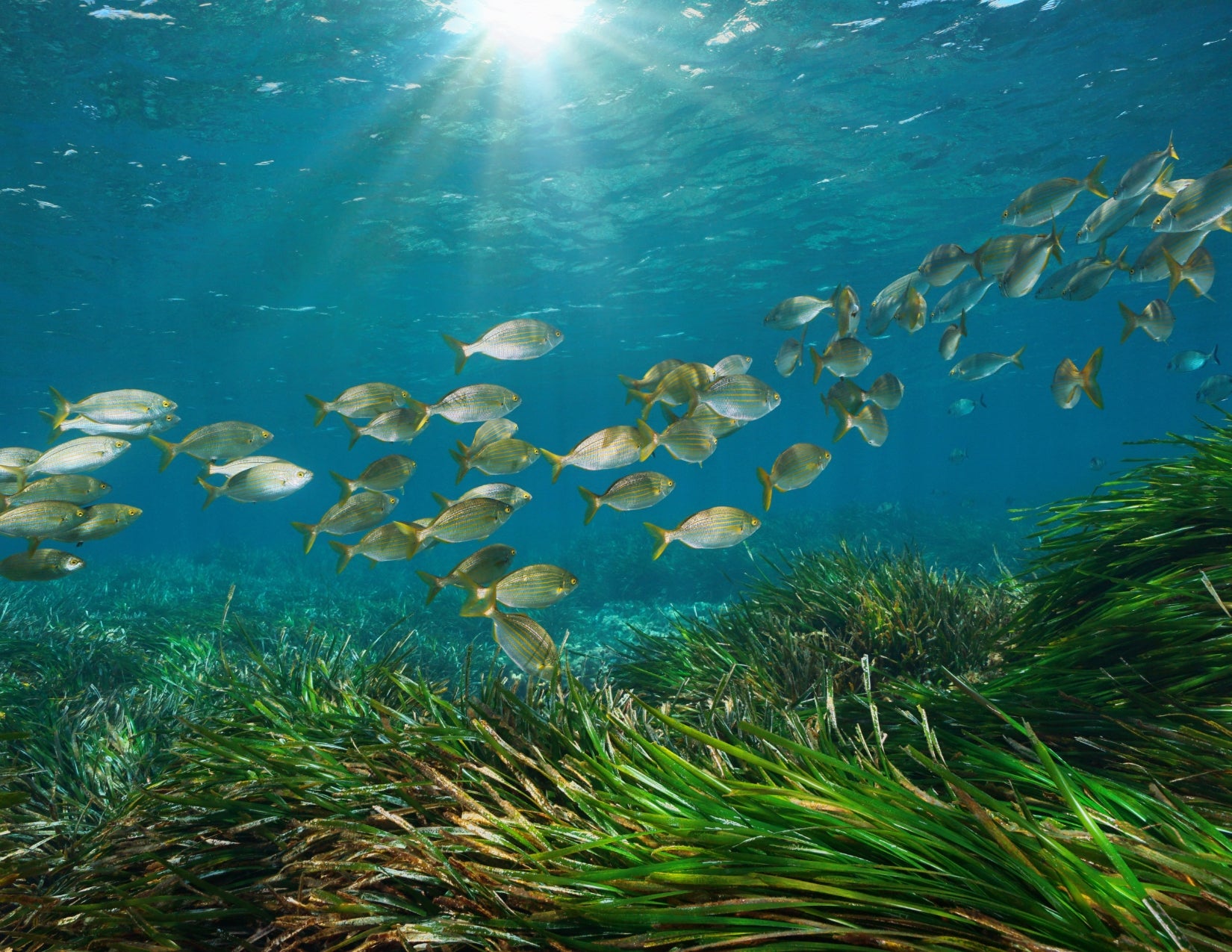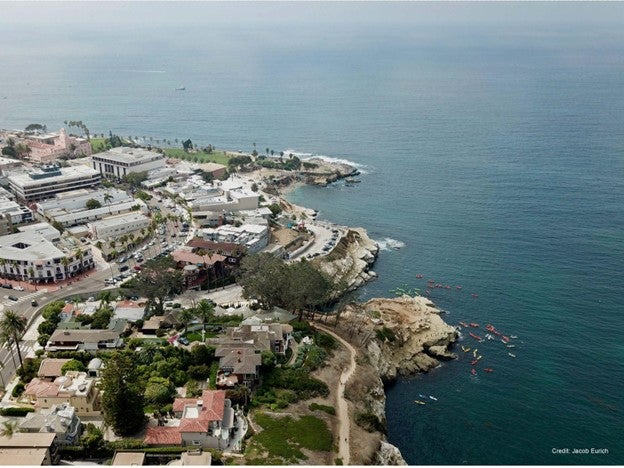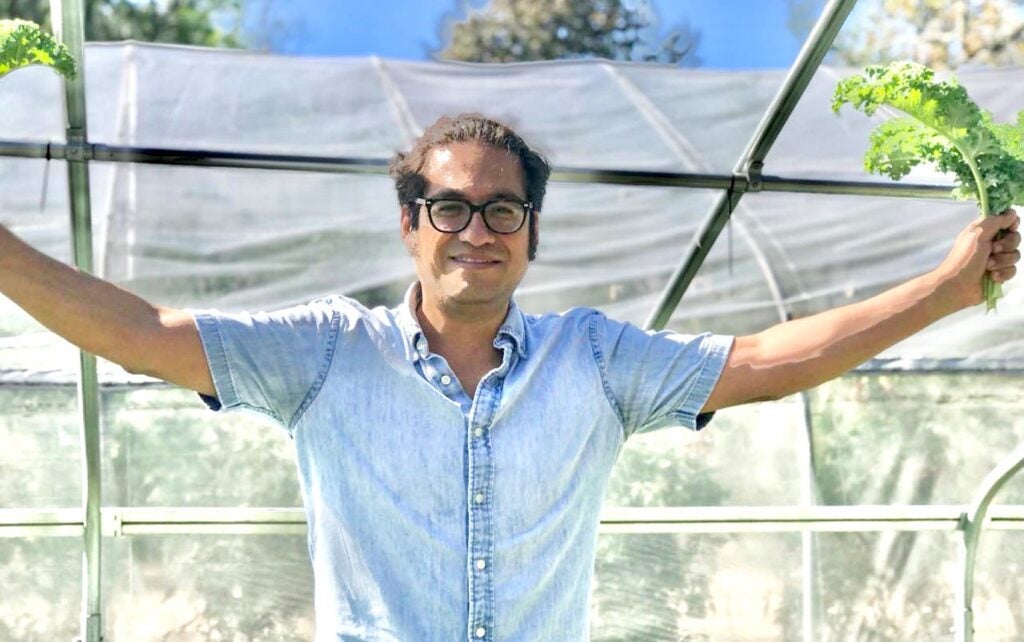This past August, in southern Ecuador amidst dense mangrove forests, scientists were at work. As I followed in her footsteps, Julie Shahan, a Stanford University Ph.D. student, navigated the challenging terrain, burdened by the large 25-pound piece of equipment on her back. This equipment, a gas analyzer, collects measurements to unlock the secrets of soil greenhouse gas emissions. This journey was a collaborative effort between Universidad Espíritu Santo (UEES), Stanford University, Scripps Institute of Oceanography and Environmental Defense Fund. Read More
EDFish
Selected tag(s): Climate change
Blending science and community to support mangrove restoration in Ecuador
Putting blue food on the menu at COP28
By Karly Kelso (EDF), Dr. Michelle Tigchelaar (Stanford Center for Ocean Solutions), and Dr. Malin Jonell (Stockholm Resilience Center)
This piece was originally published in Swedish here.
The last few years have wrought havoc on the food supply, particularly for the people trapped in the cycle of poverty. COVID, climate change and conflict have disrupted supply chains, curtailed harvests and increased hunger. In 2022, 735 million people went hungry.
We need to step up the pace and the financing for blue foods to protect the future of our food supply and our planet.
Investing in life below water is an investment in all sustainable development goals
This piece is now available on Mongabay.
During New York Climate Week, climate leaders will gather together to make essential decisions to mitigate the effects of climate change. It is critical that our oceans are a priority.
The ocean is profoundly underfunded, and yet it is absolutely vital to billions of lives around the world and climate resilience. Sustainable Development Goal (SDG) 14, “Life Below Water,” is the least funded of the SDGs — despite the fact that it can support all of the other Sustainable Development Goals. Without serious investment in our oceans, we risk missing the mark overall.
Read about the critical need to achieve this goal to ensure the health of our oceans on Mongabay now.
Science to Action: a ten-year review of California’s MPA Network
Marine protected areas (MPA) are a conservation tool that sets aside part of the ocean to protect it for long-term conservation, similar to the way a state or national park functions on land. These MPAs are an effective way to preserve biodiversity by protecting ecosystems. But how are they utilized by people, and do they support human engagement? And, while conservation alone is important, will MPAs build climate resilience?
Seaweed to Slow Down Climate Change: Ready? Or Not?

Seaweed is a hot solution for mitigating climate change. Can this carbon-absorbing powerhouse really help?
Seaweed is having a moment. I’ve been working on seaweed for 40 years, and I’ve never seen so many headlines about how seaweed can save the planet.
I can understand why. The need to save the planet is more pressing than ever. We must now dramatically reduce greenhouse gas emissions and, at the same time, increase the planet’s capacity to remove carbon dioxide (CO2) from the atmosphere to prevent even more catastrophic impacts of global warming.
UN Food Systems Summit: Why we need more ambition and more action
By Jose Luis Chicoma and Karly Kelso
Last week, global leaders gathered in Rome for the UN Food Systems Summit (UNFSS) +2 Stocktaking Moment, a follow-up event to evaluate commitments to transforming their food systems and progress in achieving the Sustainable Development Goals (SDGs) made in 2021. In short, it was a time to gather and take stock of where we are – and where we should go next.
How did it shape up?
In this interview, Jose Luis Chicoma, former Peru Minister of Production, Yale World Fellow and Senior Advisor to EDF Climate-Resilient Food Systems, who was present in Rome, shares personal reflections and his insights, concerns and hopes for the future. Food systems and ocean health go hand in hand, and reflections on aquatic blue food in concert with terrestrial food systems are key.










